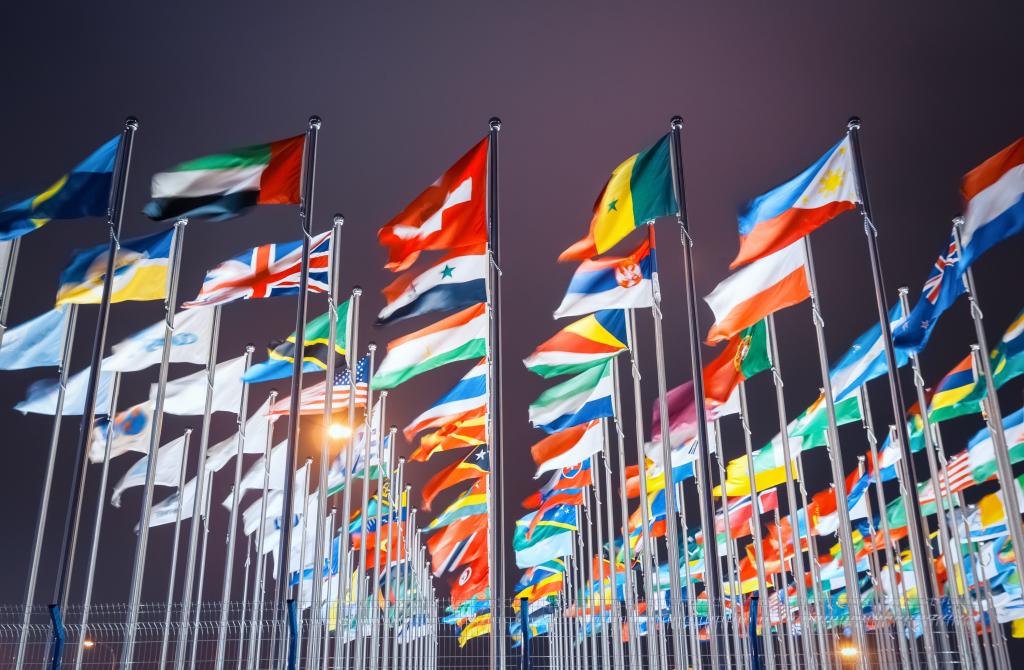
Energy transition and climate mitigation
The Green Hydrogen Dilemma (2024)
The global energy landscape is going through a profound transition towards sustainability to combat climate change and reduce dependence on fossil fuel. Hydrogen, particularly green hydrogen produced from renewable sources, is emerging as a promising alternative to fossil fuels. European nations with high energy demand but limited renewable resources are exploring green hydrogen imports from low- and middle-income countries. Investing in a green hydrogen economy offers opportunities but also poses challenges.
- Rapport | 16 July 2024The Green Hydrogen Dilemma
The Opportunities, Challenges and Potentials for Hydrogen in Africa (2023)
Under stringent climate change mitigation scenarios, hydrogen is projected to play a central role in decarbonising the global energy system, complementing electrification and energy efficiency. Hydrogen production from the abundant renewable sources in Africa offers opportunities for domestic decarbonization, economic development, and export. This report employs the integrated assessment model IMAGE and scenarios analysis to assess the future challenges and techno-economic potentials of establishing a sustainable hydrogen economy in Africa, emphasising the need for equitable partnership with Europe.
- Rapport | 19 December 2023The Opportunities, Challenges and Potentials for Hydrogen in Africa
An African vision for the continents’ energy transition (2022)
In this memo, we provide information that can help the Dutch government and institutes to explore how to facilitate and support the energy transition in Africa for mutual benefit. This is based on the visions, agendas, plans and programs of African institutes.
- Rapport | 20 July 2022An African vision for the continents’ energy transition
Phasing out support for export credit insurance for fossil projects (2022)
During COP26 in Glasgow, the UK drafted a declaration to align international government support with a transition to clean energy. For the Netherlands, as one of 39 signatories to this declaration, this has implications for export credit insurance (EKV). The EKV offers the possibility to insure export goods and services against default with the Dutch state as insurer. The commitment is to no longer insure projects related to fossil energy through the EKV from the end of 2022. This study examines the potential impact on the labour market of this.
- Rapport | 1 June 2022Phasing out support for export credit insurance for fossil projects (in Dutch)
Climate change measures and sustainable development goals (2021)
Many measures to mitigate climate change (SDG 13) have an impact on achieving other Sustainable Development Goals (SDGs), often positive, but sometimes negative. This study shows how twenty promising climate mitigation measures affect the achievement of other SDGs for several world regions. This may affect the types of measures to focus on and provides the information necessary to maximise the co-benefits and manage the risks of climate change mitigation measures on other SDGs.
- Rapport | 15 June 2021Climate change measures and sustainable development goals
Paris-aligned energy transition pathways for India (2020)
Achieving the Paris climate goal of limiting global warming to 1.5 °C implies a fast decarbonisation of the world’s energy system. At the same time, the energy demand of many emerging economies, and India in particular, is expected to increase strongly. This study aims to guide effective climate action in India by analysing developments in India’s energy system based on current trends, India’s policy ambitions and the results of Paris-aligned scenarios.
- Rapport | 15 July 2020Paris-aligned energy transition pathways for India
Insight into Energy Scenarios - A comparison of key transition indicators of 2 °C scenarios (2019)
Several organisations and companies have developed scenarios to explore global future energy pathways that achieve the Paris climate goal. This study compares 2 °C scenarios developed by Shell , BP, the International Energy Agency (IEA), the International Renewable Energy Agency (IRENA), the World Energy Council (WEC) and the European Commission (EC). It also compares these scenarios to the IPCC’s 2 °C scenarios, with a focus on main transition indicators.
- Rapport | 25 September 2019nsight into Energy Scenarios. A comparison of key transition indicators of 2 °C scenarios
Towards Universal Access to Clean Cooking Solutions In Sub-Saharan Africa (2019)
A transition away from the use of fuelwood and charcoal for cooking can prevent hundreds of thousands of premature deaths caused by household air pollution. This study explores various policy options and pathways for such a transition in Sub-Saharan Africa, and their implications for costs, child health, biodiversity and greenhouse gas emissions.
- Publicatie | 5 April 2019Towards Universal Access to Clean Cooking Solutions in Sub-Saharan Africa
Towards universal electricity access in Sub-Saharan Africa (2017)
With the adoption of the UN Sustainable Development Goals, the global community has committed to achieving universal electricity access by 2030. This study analyses the technology and investment requirements for achieving this target in Sub-Saharan Africa. Furthermore, it discusses the role of climate change mitigation policy, as well as key issues for driving the transition.
- Publicatie | 22 May 2017Towards universal electricity access in Sub-Saharan Africa